When it comes to the intricate dance of automotive mechanics, few components play a role as multifaceted as the transmission. Among its various gears and settings, the neutral position often goes overlooked. However, understanding the role of neutral in a car’s transmission is crucial for drivers and enthusiasts alike. Let’s delve into the functionality, importance, and common misconceptions surrounding this pivotal aspect of automotive engineering.
What is Transmission Neutral?
In the simplest terms, the neutral gear is a position in a vehicle’s transmission that disengages the engine from the wheels. This means that while the engine is still running, the power generated by it does not transfer to the wheels. Whether you’re in an automatic or manual transmission, the neutral position allows the vehicle to roll freely without engine power.
The Functionality of Neutral
- Disengagement: The primary function of neutral is to disengage the engine from the drivetrain. This is particularly useful when you need to push the vehicle, or in situations where you need to tow it.
- Starting the Engine: In many vehicles, the engine can only be started in neutral or park. This safety feature prevents the car from inadvertently moving when the engine is started.
- Coasting: While in neutral, the car can coast without engine braking, allowing for smoother transitions when navigating downhill slopes or when slowing down.
Importance of Neutral in Daily Driving
Neutral plays an essential role in various driving situations, emphasizing its importance for everyday drivers:
- Traffic Jams: In stop-and-go traffic, shifting to neutral can relieve strain on the transmission by minimizing wear on the clutch or torque converter.
- Fuel Efficiency: While coasting in neutral can save fuel, it’s important to note that this practice is illegal in many places as it can reduce control of the vehicle.
- Parking on Inclines: When parking on a slope, putting the vehicle in neutral while simultaneously engaging the parking brake can provide an added layer of security against rolling.
Common Misconceptions About Neutral
As with many aspects of car operation, there are misconceptions about the neutral position that can lead to misunderstandings:
- Neutral for Towing: While neutral allows for easier towing, it’s essential to consult the vehicle’s manual. Some vehicles require additional precautions, such as disconnecting the driveshaft.
- Neutral is Safe to Coast: Coasting in neutral may seem advantageous for fuel efficiency, but it can also lead to a loss of control over the vehicle, especially when steering or braking is needed.
- Engine Wear: There’s a belief that shifting in and out of neutral frequently can cause engine wear. However, modern transmissions are designed to handle such shifts without issues if done correctly.
Neutral is more than just a simple gear in your car’s transmission; it serves vital functions that enhance vehicle performance and safety. Understanding its role can help drivers utilize their vehicles more effectively while avoiding common pitfalls. Whether you’re navigating through city traffic or parking on a hill, recognizing when and how to engage neutral is an integral part of responsible vehicle operation. So, the next time you slide the gear lever into neutral, remember the complex engineering and thoughtful design behind this seemingly straightforward feature.
How to Engage Neutral Safely
Knowing when to engage neutral is just as crucial as understanding its function. While it may seem straightforward, there are safe practices that every driver should adopt to ensure their safety and the longevity of their vehicle:
- Use with Caution: Always be aware of your surroundings before shifting into neutral. It’s best used when the vehicle is at a complete stop or when you’re moving at low speeds.
- Engage the Parking Brake: When parked, especially on an incline, use the parking brake in conjunction with neutral to prevent the vehicle from rolling.
- Don’t Coast Long Distances: While it may be tempting to shift to neutral while descending hills, this can decrease your control over the vehicle. Instead, use engine braking to maintain speed and control.
The Future of Transmission Technology
As automotive technology continues to evolve, the transmission system is also undergoing significant changes. With the rise of electric vehicles (EVs) and advanced driver-assistance systems (ADAS), the role of neutral may shift:
- Electric Vehicles: Many EVs utilize single-speed transmissions, which may not have a traditional neutral gear. Instead, they might employ electronic controls that mimic the functions of neutral for towing or starting.
- Autonomous Vehicles: As cars become increasingly automated, the need for manual shifting—including engaging neutral—may diminish. Advanced algorithms could handle these functions seamlessly without driver intervention.
Understanding the role of neutral in a car’s transmission not only enhances your driving experience but also promotes safety and vehicle longevity. By recognizing its functions and employing safe practices, you can navigate various driving situations with confidence and ease. As technology progresses, staying informed about changes in transmission systems will empower you as a driver, ensuring that you remain in control—whether in neutral or in gear. So, the next time you shift into neutral, think of it as a powerful tool in your driving arsenal, ready to be wielded wisely.
As we venture further into the realm of automotive technology, the concept of neutral is evolving alongside the vehicles themselves. The rise of electric vehicles (EVs) and the integration of advanced safety features are reshaping how we understand and utilize this critical transmission position. Here, we explore the future of neutral, its implications for drivers, and how emerging technologies may redefine its role.
Neutral in Electric Vehicles
With the increasing popularity of electric vehicles, the traditional mechanics of neutral are being reimagined. Unlike internal combustion engines, which require a neutral position to disengage power from the wheels, many EVs operate differently:
- Single-Speed Transmissions: Most electric vehicles utilize a single-speed transmission that does not require shifting between gears as conventional vehicles do. This means that the concept of neutral may be more about electronic control than mechanical disengagement.
- Regenerative Braking: In EVs, the braking system often incorporates regenerative braking, which recaptures energy during deceleration. This system blurs the lines between neutral and braking, as drivers can effectively slow down without fully engaging the brakes.
- Electronic Neutral: Many EVs feature an electronic neutral mode that allows the vehicle to roll freely. This is particularly useful for situations such as towing or being pushed, yet operates without the conventional mechanical disengagement of the drivetrain.
Autonomous Vehicles and Neutral
The advent of autonomous driving technology is pushing the boundaries of traditional vehicle operation. As cars become increasingly automated, the role of neutral may change significantly:
- Automated Control: In self-driving cars, the system can manage all functions, including shifting into neutral when necessary. This means that drivers may no longer need to engage or disengage the transmission, as the vehicle will handle these operations autonomously.
- Safety Mechanisms: Autonomous systems may employ advanced algorithms to determine the optimal moments to engage neutral, ensuring maximum safety and efficiency. For instance, in a traffic jam, the system may automatically switch to neutral to prevent unintentional acceleration.
- Enhanced User Experience: By removing the need for manual gear shifting, autonomous vehicles can enhance the overall user experience. Passengers can focus on other activities, such as working or relaxing, without worrying about traditional driving tasks.
The Impact of Connectivity on Neutral
As vehicles become more connected, the implications for neutral extend beyond the physical mechanics:
- Smart Vehicle Communication: Connected cars can communicate with each other and with infrastructure, allowing for more intelligent management of vehicle functions. In scenarios where multiple vehicles are approaching an intersection, the system could automatically shift to neutral in preparation for stopping.
- Remote Operations: With advancements in telematics, drivers may find that their vehicles can be controlled remotely, including shifting into neutral for parking or towing purposes. This adds a layer of convenience and flexibility that was previously unimaginable.
- Data-Driven Decisions: The data collected from vehicles can inform manufacturers about how often and when neutral is used. This data can lead to innovations in how neutral is integrated into future vehicle designs.
The role of neutral in a car’s transmission is undergoing a significant transformation, driven by advancements in technology and shifts in automotive design. As electric and autonomous vehicles take center stage, the traditional understanding of neutral will continue to evolve, becoming a feature that is not just about disengagement but also about connectivity, safety, and user experience. For today’s drivers, staying informed about these changes will be crucial, ensuring that they can adapt to the future of driving while fully appreciating the functions of their vehicle’s transmission system.
In this new era, the humble neutral gear is set to become a symbol of innovation, embodying the blend of tradition and cutting-edge technology that defines the future of transportation.

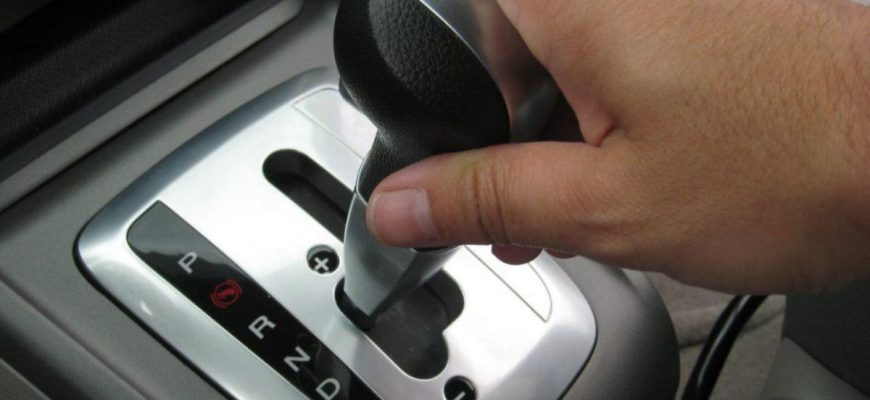
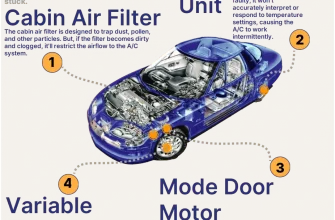
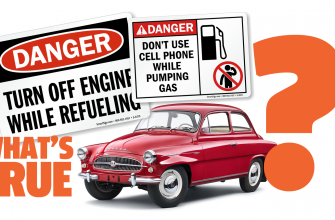
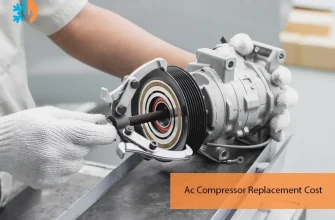



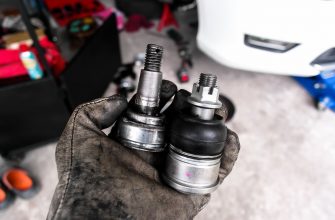

Fantastic article! The details on how neutral affects fuel efficiency and vehicle control were particularly enlightening.
I never thought much about the neutral position, but this explanation really clarified its functions and benefits. Great read!
I appreciate how this piece breaks down the complexities of automotive mechanics into understandable terms. Very helpful!
The discussion on starting the engine in neutral was particularly interesting. It’s a crucial safety feature that I hadn’t considered before.
This article sheds light on an essential aspect of driving that many overlook. I found it both informative and engaging.
This article provides an insightful look into the often-overlooked role of transmission neutral. I learned a lot about its importance!
Great job highlighting the practical uses of neutral in everyday driving situations. This is knowledge every driver should have!